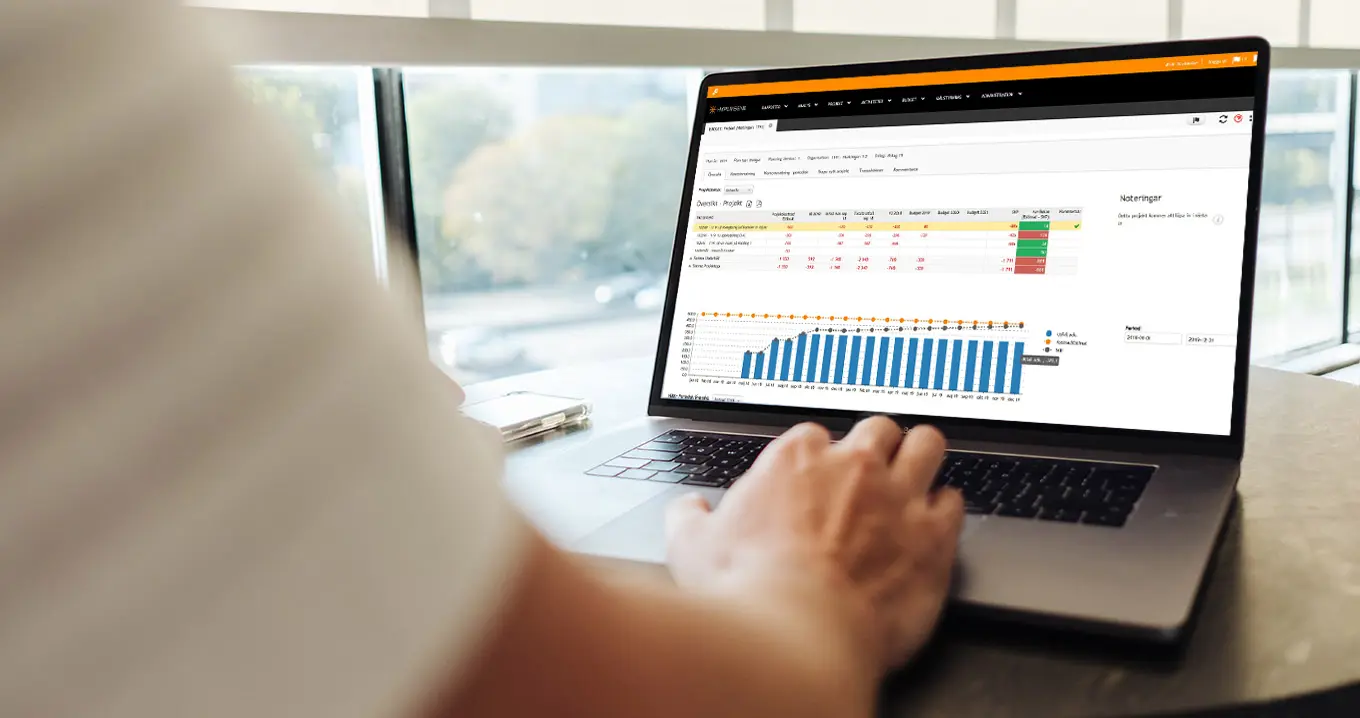Budgeting Tools – and Your Approach

The word budget elicits strong feelings in many. Traditionally, the term budget is associated with the organisation's annual goal formulation and resource allocation. Costs and revenues should, based on a business plan or operational plan, be planned and distributed over the year to be followed up and analysed, and serve as the basis for corrective and complementary actions, all in order to achieve the goals.
Some argue that budgeting is the best way to steer an organisation towards set goals while others claim that budgeting is too cumbersome, takes too long, that follow-up is weak and comes too late. Some even argue that the budget hampers the ability to meet a changing external environment where the goals (and thus the budgets) constantly have to be revised.
Budgeting Tools Today
Today, the use of new, modern, and more agile methods for budgeting such as Financial Scenario Planning, Rolling Forecasts, Activity- and Driver-Based Budgeting, Balanced Scorecard and Beyond Budgeting is increasing. This is to increase the flexibility in the budget and the ability to control and make decisions in a changing and difficult to predict world.
Since there are many different ways to look at budgeting, both in terms of models and purposes, there are potentially several pitfalls for the companies or organisations wishing to invest in a new system for budget and forecast.
The aim should not only be to match the chosen budget and control model but also to facilitate and improve the organisation's ability to collaborate with budgeting across organisational units and between managers and employees.
Below are four concrete pieces of advice to you who are planning or in need of acquiring a new system for budgeting and forecasting.
1. Clarify the purpose of the budget and integrate it with operational planning
Traditionally, many companies and other organisations use the budget as a control tool to plan, coordinate and gain control of the business from a strictly economic perspective. The budget then becomes a tool primarily for the management team and the finance department. This can create distance and resistance between those who govern and those who carry out the work.
A better alternative might be to instead integrate the budget with strategic and operational planning. The budget then becomes an important tool for communicating, implementing, and following up on the strategy in the company.
It also becomes a way to create a red thread between goals, strategy, activities and what financial consequences this entails. This creates engagement and participation among the employees.
Handling planning and budgeting work in the same process and system for Operational Management is often a prerequisite for effective follow-up and control.
2. Simplify and make the budget comprehensible
The use of the budget in companies has been criticised in recent years. There are, for instance, those who claim that it is time-consuming, outdated and hard to understand.
Most can gain both efficiency and understanding by working with more operationally close budgeting (not account-based budgeting). An example of this is driver-based budgeting, that is, budgeting that is based on volume and price instead of monetary amounts and accounts.
By working driver-based, a more comprehensible terminology is created that one does not need to be an economist to understand.
3. Choose a flexible and coherent system support for business management
There are many systems of varying quality and functionality for budget and forecast on the market today. However, there are very few suppliers who can provide a completely coherent system support for strategic planning, budget, forecast, KPIs, business reports and analysis.
A cohesive solution for business management is, for many, essential for achieving robust decision support in their operations. It also eliminates the need to work in multiple disparate systems and separate processes. However, ensure that you begin where your need is greatest, and then develop and expand your solution at a pace that suits you.
Other important criteria for a good system support are that it should be user-friendly, role-based, and include support for automated workflows that are integrated with the company's source systems (for example, financial, HR, ERP, and CRM systems).
By creating digital and automated workflows in the system, the decision support ensures that the right person acts on the right things, at the right time and in the right context, which is very important for achieving effective control.
4. Plan the implementation of a new system with the supplier
Finally, the introduction of the system is a process that needs to be properly planned and executed, something that many forget. It is most successful when the implementation is done in close cooperation between the supplier and the customer.
In addition, the customer and supplier need to have a common view of the scope and dependencies of the projects, that the most important goals with the introduction are prioritised, and that there is close cooperation and dialogue throughout the entire introduction process. Then there are few things that can prevent a successful introduction and achieving the expected performance goals.
Would you like to know how Hypergene can help you?

